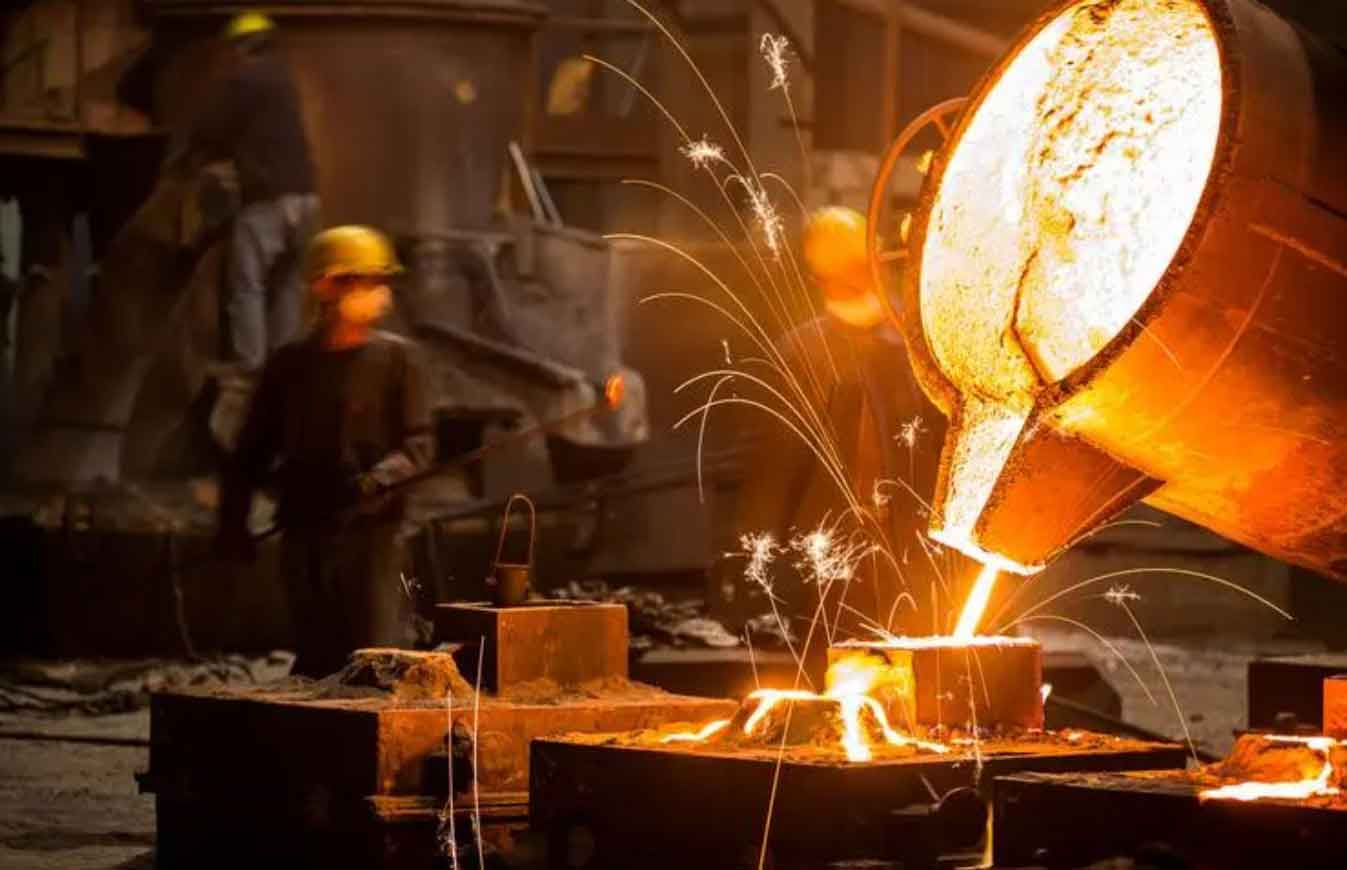European foundries face mounting pressure as the Foundry Industry Sentiment Indicator (FISI) records its fourth consecutive decline. In June 2023, FISI fell to 98.6 points—2.1 points lower than May and below its 2015 baseline of 100.0. This deterioration reflects collapsing new orders across sectors, shrinking backlogs, and persistently pessimistic six-month outlooks. The Business Climate Indicator (BCI) mirrored this trend, dropping to 0.06 points—near pandemic-era lows observed in late 2020. For castings manufacturers, weakening price expectations, production levels, and order books signal prolonged operational headwinds. However, technological innovations in material recycling and advanced composites offer pathways to resilience.
Quantifying the Downturn: FISI and BCI Trends
FISI, published monthly by the European Foundry Association (CAEF), aggregates assessments of current conditions and future expectations from member foundries. BCI, issued by the European Commission, tracks eurozone manufacturing health through weighted survey responses on production, orders, exports, inventories, and expectations. The synchronized decline highlights systemic challenges:
| Index | May 2023 | June 2023 | Δ Change | Critical Threshold |
|---|---|---|---|---|
| FISI | 100.7 | 98.6 | -2.1 | <100.0 (Baseline) |
| BCI | 0.19 | 0.06 | -0.13 | Negative Territory |
The deterioration follows the equation:
$$ \text{Index Vulnerability} = \alpha(\text{Order Collapse}) + \beta(\text{Backlog Reduction}) + \gamma(\text{Pessimistic Expectations}) $$
where coefficients \(\alpha\), \(\beta\), and \(\gamma\) dominate during recessions. Castings manufacturers report material-agnostic negativity, eliminating prior divergences between steel and non-ferrous foundries.

Sand Regeneration: A Circular Economy Breakthrough
RESAND Oy’s modular sand-regeneration technology exemplifies innovation addressing cost and sustainability pressures. Deployed at Raahe Valimo Oy (a Finnish steel foundry established in 1919), the system combines thermal and mechanical processing to reclaim waste sand. For castings manufacturers producing 1,000t of steel castings annually, results include:
| Metric | Pre-RESAND | Post-RESAND | Improvement |
|---|---|---|---|
| New Sand Consumption | 2,500 t/year | 300 t/year | 2,200 t saved (88%) |
| Binder Usage | \(B_0\) | \(0.75B_0\) | 25% reduction |
| Landfill Waste | 100% of waste sand | 0% | Eliminated |
The regeneration efficiency \(\eta_R\) is calculated as:
$$ \eta_R = \frac{\text{Reclaimed Sand Mass}}{\text{Waste Sand Input}} \times 100\% $$
Raahe Valimo reports \(\eta_R \approx 92\%\), with superior grain distribution enhancing casting surface quality. On-site integration minimizes logistics, aligning with circular-economy principles critical for modern castings manufacturers.
Hypersonic Materials: Defense-Led Advanced Manufacturing
LIFT (Lightweight Innovations for Tomorrow), backed by the U.S. Department of Defense, is accelerating hypersonic material R&D. Phase 1 projects developed:
- Powder-metallurgy refractory metal composites (with Boeing)
- Cost-competitive high-temperature components (with Lockheed Martin)
- Carbon-carbon thermomechanical predictive models (with Raytheon)
Phase 2 focuses on ceramic-matrix composites (CMCs) via reactive melt infiltration and severely deformed metals. The performance equation for hypersonic materials is:
$$ \sigma_T = \sigma_0 \exp\left(-\frac{Q}{RT}\right) + k\left(\frac{1}{d}\right)^{1/2} $$
where \(\sigma_T\) is high-temperature strength, \(\sigma_0\) is base stress, \(Q\) is activation energy, \(R\) is the gas constant, \(T\) is temperature, \(k\) is the Hall-Petch coefficient, and \(d\) is grain size. LIFT’s Integrated Computational Materials Engineering (ICME) framework creates digital twins to optimize these parameters.
Strategic Implications for Castings Manufacturers
While FISI/BCI trends underscore near-term volatility, material innovations drive competitiveness. Sand regeneration slashes raw-material costs—critical as 84% of foundries cite input expenses as a top concern. Hypersonic R&D opens aerospace/defense markets, demanding precision that castings manufacturers can leverage through ICME-driven process control. The resilience equation balances these forces:
$$ \text{Resilience Index} = \frac{\text{Technical Innovation} \times \text{Sustainability Gains}}{\text{Market Volatility} \times \text{Input Cost Pressure}} $$
Foundries prioritizing numerator terms (e.g., RESAND adoption, alloy R&D partnerships) will outperform peers. As defense hypersonic spending exceeds $4B annually, forward-looking castings manufacturers must engage in supply-chain integration.
